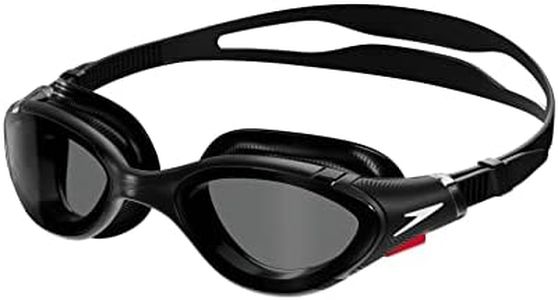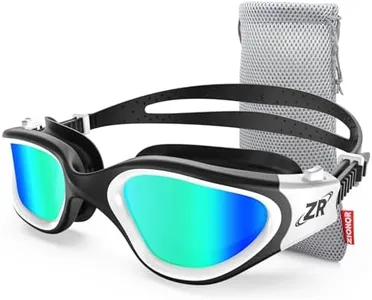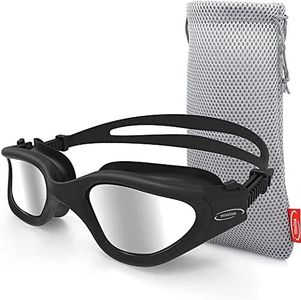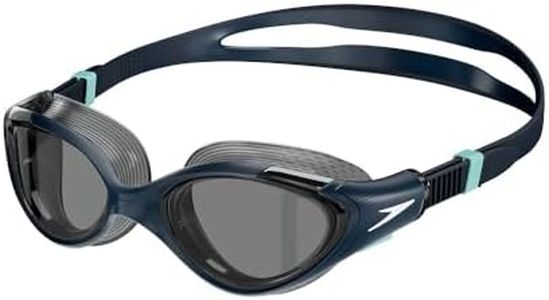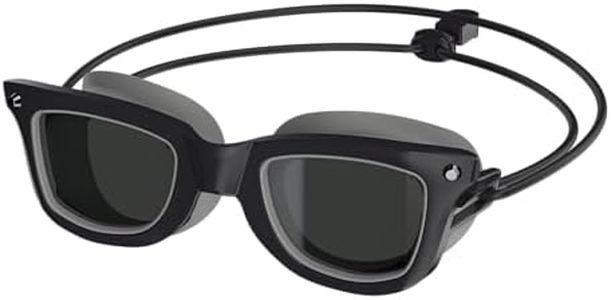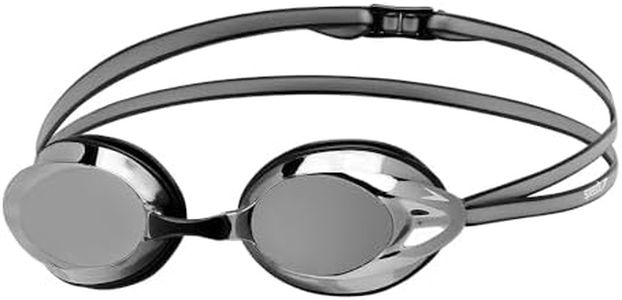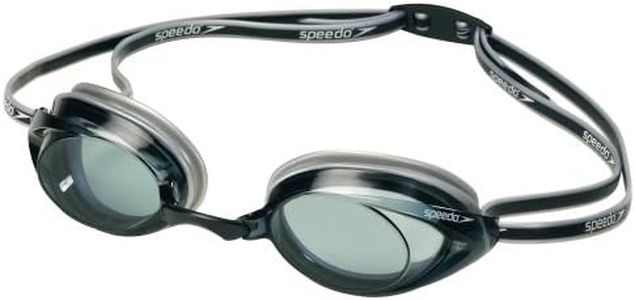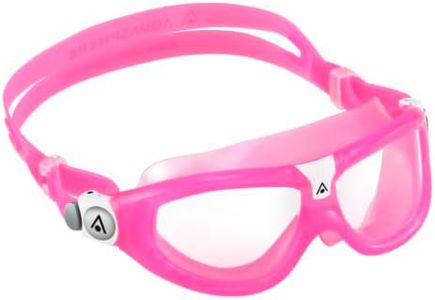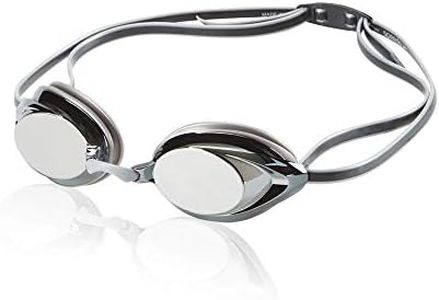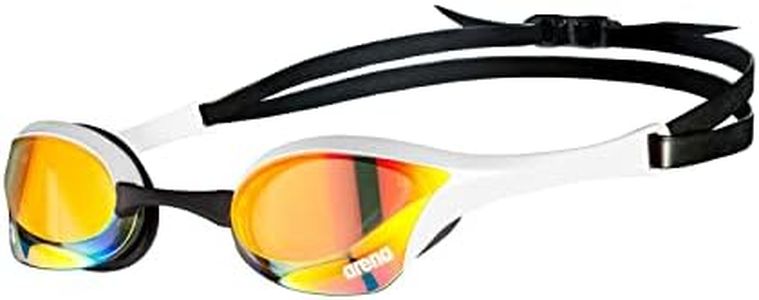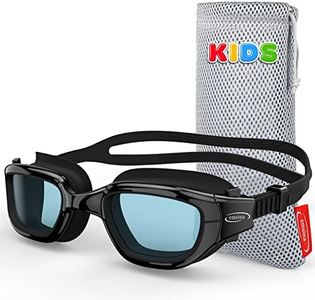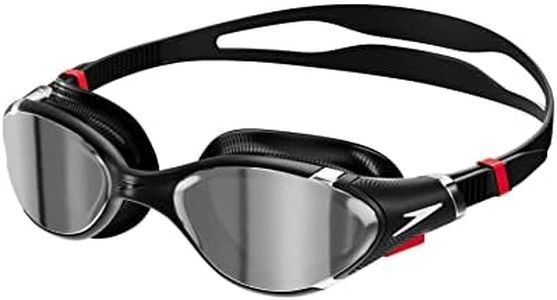We Use CookiesWe use cookies to enhance the security, performance,
functionality and for analytical and promotional activities. By continuing to browse this site you
are agreeing to our privacy policy
10 Best Swim Goggles
From leading brands and best sellers available on the web.Buying Guide for the Best Swim Goggles
Choosing the right swim goggles can make a big difference in your swimming experience, whether you’re a casual swimmer, training regularly, or competing. The ideal goggles will fit comfortably, keep water out, and give you clear vision underwater. When picking swim goggles, think about where you'll use them (indoors or outdoors), how often you swim, and what matters most to you such as comfort, visibility, and ease of adjustment. Take time to try on different types so you can find a pair that feels secure but not too tight, and makes your swim more enjoyable.Lens TypeThe lens type refers to the color and coating of the goggle’s lenses. It's important because it helps with visibility and eye comfort in different lighting conditions. There are clear, tinted, mirrored, and polarized options. Clear lenses are best for indoor pools or cloudy days because they allow maximum light. Tinted and mirrored lenses reduce glare and brightness, making them great for outdoor swimming in the sun. Polarized lenses cut glare even more and are perfect for open water. Think about where you swim most often - indoors calls for clear or lightly tinted lenses, while outdoors, especially in bright light, a mirrored or polarized lens is usually more comfortable.
Fit and ComfortFit and comfort are all about how well the goggles sit on your face and how they feel over time. Good fit ensures the goggles stay watertight and don’t cause discomfort or headaches. Swim goggles come in various shapes and sizes, and some are designed for children or adults, narrow or wide faces. Some goggles have soft silicone seals for comfort, while others focus on a tighter, racing fit. For occasional swimming, look for a soft, cushioned seal and adjustable straps. For competition, a lower-profile goggle that fits snugly may be better, even if it’s a bit tighter. Always try goggles on, if possible, to make sure they don’t pinch and won’t slip while swimming.
AdjustabilityAdjustability refers to how easily you can change the strap length or nose bridge width to get a personalized fit. This is important because a snug but comfortable fit means less leakage and better performance. Some goggles have split straps and easy-to-use buckles or clips, while others have adjustable or interchangeable nose bridges to suit different face shapes. If you’re new to goggles or have a hard-to-fit face, look for models with multiple adjustment points so you can fine-tune the fit until it feels just right.
Anti-Fog and UV ProtectionAnti-fog and UV protection are special treatments on the lens that help you see clearly and protect your eyes. Anti-fog coatings prevent the lenses from misting up, especially in warm or humid pools, which means you won’t have to keep stopping to wipe them. UV protection blocks the sun’s harmful rays, which is especially important when swimming outdoors. If you swim indoors only, anti-fog is most important. For outdoor use, get goggles with both anti-fog and high UV protection.
Shape and ProfileThe shape and profile of swim goggles affect how they look, feel, and perform in the water. Low-profile goggles sit closer to your eyes, reducing drag and making them popular with competitive swimmers. Higher-profile goggles are bigger, offering a wider field of view and usually more comfort, making them great for leisure or fitness swimmers. If speed and minimized resistance are your priorities, a low-profile goggle is best. For comfort, visibility, or open water swimming, a slightly larger, higher-profile goggle might be your preferred option.
